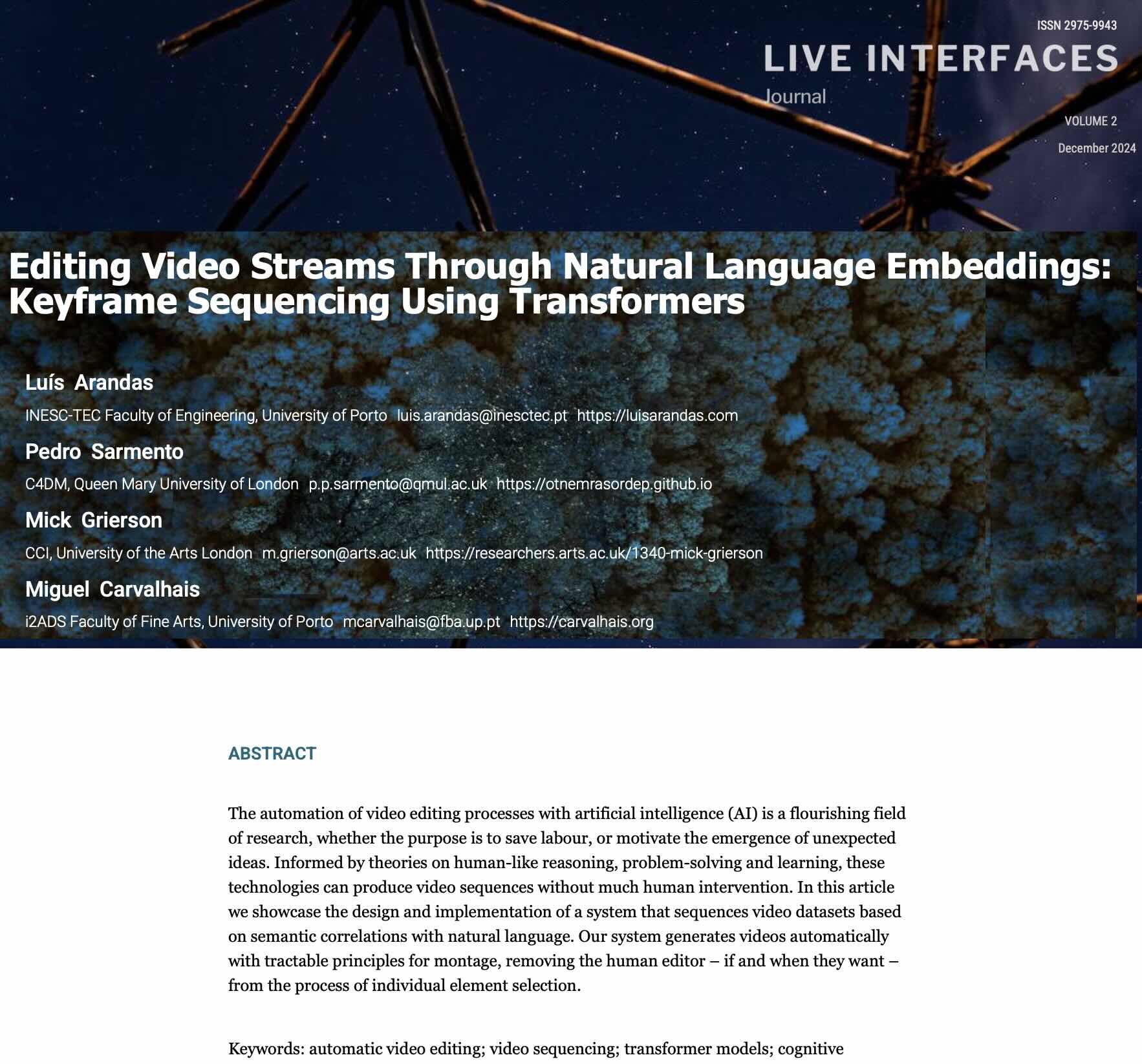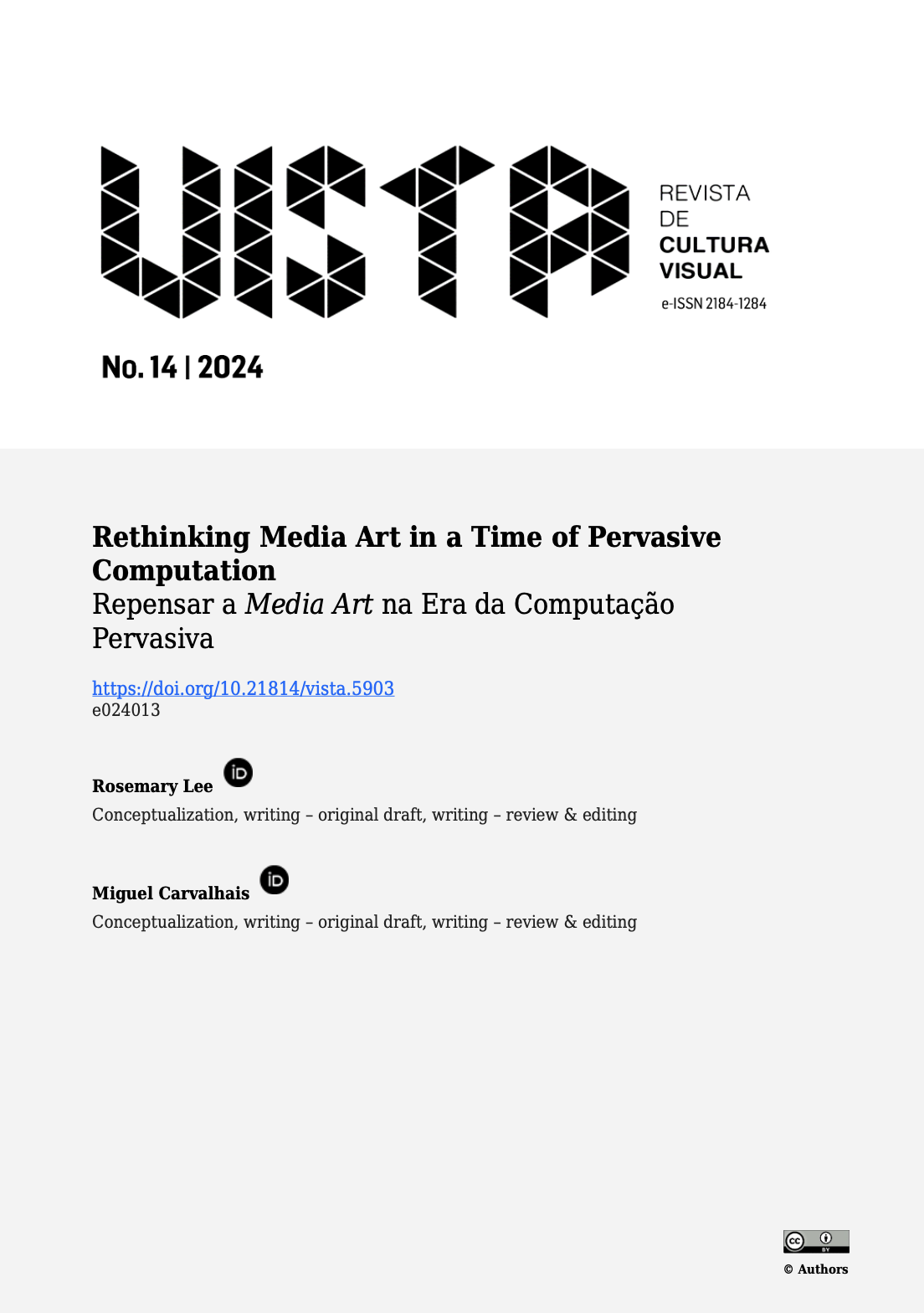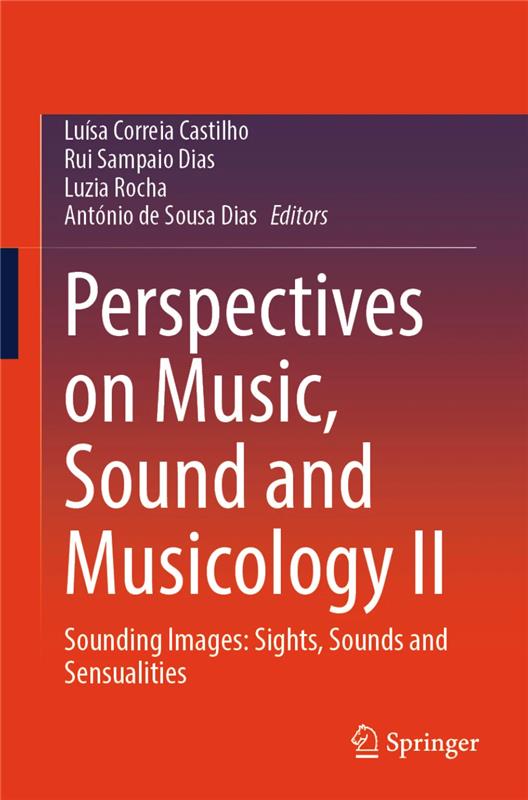Author: pcardoso
-

Played like a Damn Fiddle: Types and Patterns of Betrayal in Multiplayer Games
In multiplayer games, players will naturally need to interact with one another. Their relationships are not static and evolve over time, because players are people who make their own decisions and have their own perceptions of the game and other players. This means relationships are uncertain, because players can’t know who is trustworthy and who…
-

Stuck! Stalling in Computer Games
Games are commonly designed to assist players in their progression, maintaining their attention and motivation until they achieve closure while presenting challenges that need to be overcome to progress. But not all games are designed with this in mind, and players do not always play to progress. When that happens, we call it stalling. In computer…
-

Deception in Video Games: Nine Game Design Patterns
This paper explores deception in video game design, extending beyond conventional gameplay, and interrelating gameplay mechanics, narrative, and player experience with the concepts of aesthetic friction and flow theory. Deceptive strategies and tactics in games engages players by challenging their expectations, altering game structures, and impacting their engagement. Due to their interactive and ludic nature,…
-

It’s a Trap! A Conceptual Model of Betrayal in Games
In multiplayer games, the other players often become additional features of gameplay, possibly being valuable allies or challenging obstacles. Relationships between players can be uncertain and, usually, degrade into enmity through deception and betrayal. However, depending on the game, the dynamics of relationships can vary greatly, just as the way in which they break into…
-

Editing Video Streams Through Natural Language Embeddings: Keyframe Sequencing Using Transformers
The automation of video editing processes with artificial intelligence (AI) is a flourishing field of research, whether the purpose is to save labour, or motivate the emergence of unexpected ideas. Informed by theories on human-like reasoning, problem-solving and learning, these technologies can produce video sequences without much human intervention. In this article we showcase the…
-

Rethinking Media Art in a Time of Pervasive Computation
As its aesthetics, methods, and conceptual focus have, in many respects, merged with those of mainstream contemporary art, the boundaries of media art have become more unclear than when the use of technology in art was more of a rare occurrence. While the term “media art” may be helpful in designating a particular sphere of…
-

Sound-to-Visual Mapping Strategies in Audiovisual Performance and Installations
This chapter addresses the relationship between sound and visuals in audiovisual interactive projects and describes strategies for synchronizing sound and visuals in real time. It begins with a brief context of sound-image analogies, live visuals, and audiovisual performances. Subsequently, four different case studies are presented: two audiovisual live performances and two audiovisual installations. Their setups,…